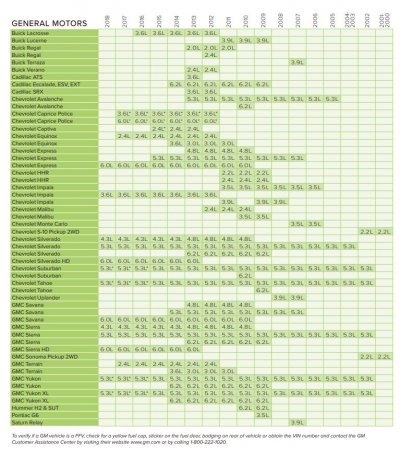found this information also, which explains why after 2016 the amount of E85 vehicles produced dropped by about 2/3's compared to 2014
they lost the CAFE credits (for the most part) they were getting for producing vehicles that could use E85, even though some credits can still be traded and new fuel economy standards were required as well in 2016
In late 2007, CAFE standards received their first overhaul in more than 30 years through the
Energy Independence and Security Act of 2007 (EISA), and were set to rise to 35 mpg by the year 2020. However, in May 2009 the
Obama Administration announced a new harmonized national policy that will require an average fuel economy standard of 35.5 mpg in 2016.
[49] The flex-fuel CAFE credits are scheduled to end in 2016, but because the 2007 EISA made CAFE credits exchangeable between different classes of automobiles and tradable between companies, and also carmakers are allowed to carry over credits for up to five years, the flex-fuel credits accumulated up to 2016 can be carried over and traded until 2020.
[50] The CAFE standards proposed in 2011 for the period 2017-2025 will allow flexible-fuel vehicles to receive extra credit but only when the carmakers present data proving how much E85 such vehicles have actually consumed.
[51]

